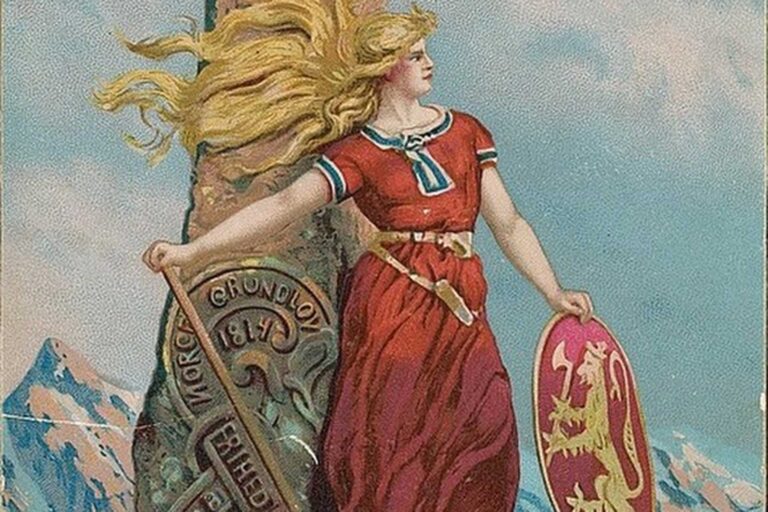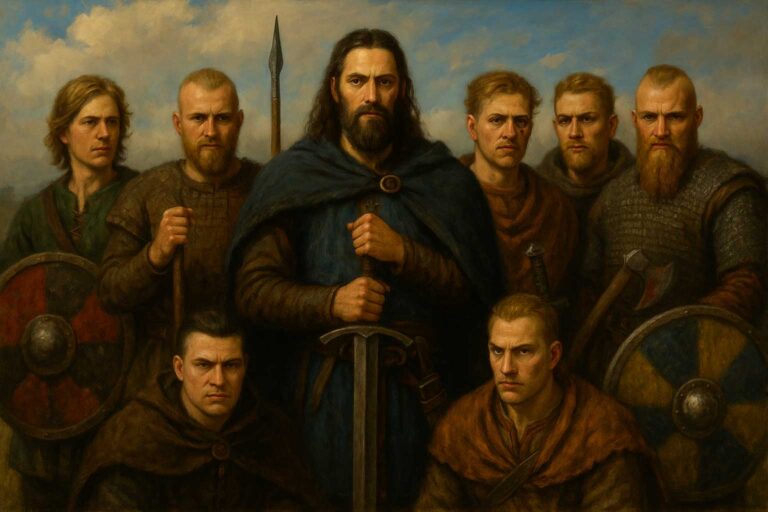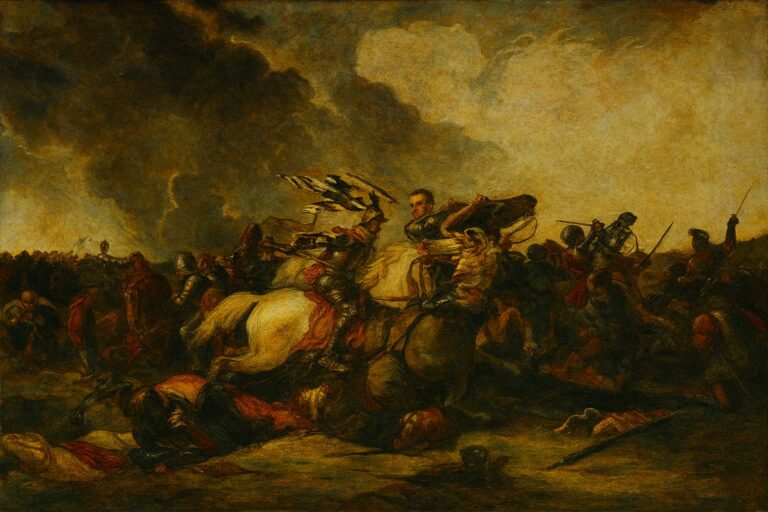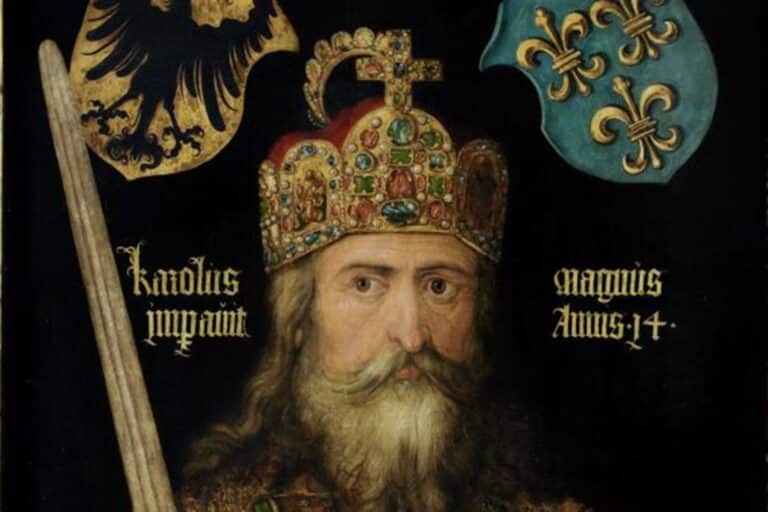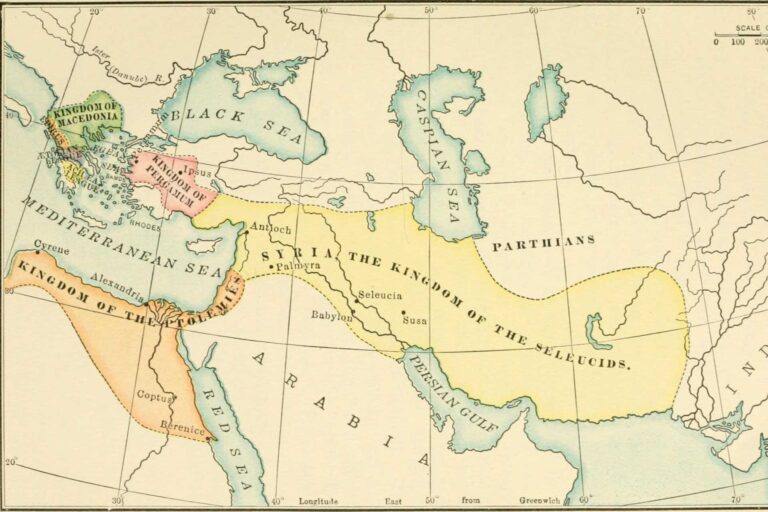Sigurd Snake-in-the-Eye: The Most Symbolic Son of Ragnar Lothbrok
Ragnar Lothbrok, the semi-mythical Viking hero of saga and song, is known to us as a fierce warrior, a great explorer, and a king. His raids spanned Scandinavia and took him deep into the heart of Europe, and his legendary sons, each left their bloody mark on history, carving their own fates with violence, conquest, and myth. The third son, Sigurd Snake-in-the-Eye, was not always the most feared or famous, but one of the most mysterious and symbolically intriguing.
Sigurd’s epithet, or nickname, is taken from a distinct and mystical marking in one of his eyes, which was said to be the image of a coiled serpent. This unique birthmark set him apart from his many brothers and foreshadowed a more significant, even prophetic role in the Viking world. While there are several accounts of his life, Sigurd’s story is an enthralling one, interweaving mythology, royal ambition, and warrior pride.

The Meaning Behind the Name
Sigurd Snake-in-the-Eye’s byname was due to one of the more unusual physical features that a hero could be described as having in the Norse sagas. The Tale of Ragnar’s Sons mentions that Sigurd had a distinctive mark in one of his eyes, which was the likeness of a coiled serpent’s body. The description in the sagas reads as if an actual snake were curling around the pupil or iris of his eye, rather than a metaphor. The mark was described as extraordinary and potent, setting him apart from his brothers and other warriors of his age.
“Snake-in-the-Eye” derives from Old Norse and conveys mystery, danger, and cunning. The serpent was a particularly dense symbol in Norse culture with both negative and positive connotations. Jörmungandr, the world serpent, was among the most fearsome creatures in the Viking pantheon, and serpents often featured in stories as guardians of secrets or omens of destiny. To have a creature such as a serpent nested figuratively (and some accounts literally) in one’s eye suggested that Sigurd Snake-in-the-Eye was not only physically different, but that he contained in him a portion of otherworldly might or that he was born into a life with a fate connected to something greater than mere blood and iron.
As hinted at by the sagas, it was not a mere birth defect or ornamentation, but a spiritual significance. In some ways, it could be interpreted as a symbol of vigilance, rebirth, or destruction. To a Viking warrior and a chieftain, it was an all-encompassing metaphor that made Sigurd not only memorable in the minds of those he met but also feared or respected. His byname was not merely a moniker, but a vision of the mythological made manifest in the physical realm.
Origins and Lineage
Sigurd Snake-in-the-Eye was the product of one of the most fabled dynasties in Norse mythology. His father was Ragnar Lothbrok, a celebrated Viking warrior and king; his mother was Aslaug, a prophetic woman of royal lineage in her own right, said to be the daughter of Sigurd Fafnesbane and Brynhildr, two figures from Germanic and Norse heroic legend. From the start, then, Sigurd’s destiny in the Viking Age was cast.
Raised with some of Ragnar’s other sons, most notably Ivar the Boneless, Bjorn Ironside, Hvitserk, and Halfdan, each of Ragnar’s other sons would eventually distinguish themselves in their own right. Still, for the most part, they were a collective group, which acted as a unified force and a single player in England. The bonds of brotherhood were created not just by blood but also by a thirst for vengeance against King Ælla of Northumbria for the execution of Ragnar Lothbrok. Each brother held his own role: Ivar was the planner, Bjorn the explorer, and Sigurd was the mystique of their family.
Brothers, yes, but also rivals. In the end, Sigurd had to earn his place, just like the rest of the warriors who came to England. Sigurd was a capable warrior, a shrewd combatant, and a strategic thinker as a battlefield commander and political leader. On one level, his inclusion among Ragnar’s other sons could be a question of military manpower, but on another, it speaks to lineage, ancestry, and prophecy, and in these ways Sigurd Snake-in-the-Eye became something of a bridge between the two, a Viking prince borne of blood and belief.

Role in the Great Heathen Army
Sigurd Snake-in-the-Eye is thought to have taken part in one of the most famous Viking campaigns of the 9th century: the invasion of Anglo-Saxon England by the Great Heathen Army. After King Ælla of Northumbria executed Ragnar Lothbrok, Sigurd and his brothers swore to take revenge for their father’s death. A call for vengeance was heeded across Scandinavia, drawing together Viking chieftains and warriors, bound by kinship and Norse honor.
The Anglo-Saxon Chronicle notes the Great Heathen Army’s landing in East Anglia in the year 865 AD. Although much of the campaign leadership is credited to Ivar the Boneless, Sigurd is thought to have been a central organizer. Participating with Hvitserk and other Viking leaders, Sigurd was involved in the planning and execution of major attacks against Anglo-Saxon kingdoms. Their might and persistence shocked the local realms, setting in motion years of warfare and cultural upheaval in England.
Sigurd’s participation was not only tactical but also symbolic. Ivar may have been the brains behind the military strategy, but Sigurd’s presence lent weight to the invasion’s spiritual and legendary aspects. In both sagas and oral tradition, he is often depicted as a skilled and purposeful fighter. In particular, his part in the revenge against King Ælla, including the savage capture of York, fulfilled the blood oath of the brothers, cementing Sigurd’s status as a warrior with destiny.
Together with Ivar and Hvitserk, Sigurd formed part of a fearsome trio that challenged the might of Anglo-Saxon kings. In unity, they were the sons of Ragnar Lothbrok, representing both the old king’s power and the strength of Viking brotherhood. While Sigurd’s specific deeds are not as well-documented as those of his brothers, his involvement in the campaign added to the historical and mythical potency of Ragnar’s sons.
Kingship and Rule
Once the campaigns in England had concluded, Sigurd Snake-in-the-Eye is said to have returned to Scandinavia. He would take on a leadership role befitting his heritage and his war record. It is related in Norse legends (and supported in historical theories), that Sigurd was given a realm to rule over. In particular, he was said to have ruled parts of Denmark, including Zealand and Scania.
As often described for the sons of Ragnar, land division was not uncommon among the leaders of the Great Heathen Army. As they conquered, they divided titles and lands among themselves. While Ivar remained active in York and Halfdan in Northumbria, Sigurd exerted influence in the Danish lands. His dominion there is also supported by the legendary texts, which describe him as a just and effective ruler who upholds Viking law and tradition.
The Tale of Ragnar’s Sons, as well as other sagas, conveys Sigurd’s kingship as a continuation of his symbolic role within the family. The serpent in his eye was not only a mystical mark but also a metaphor for wisdom, vigilance, and foresight. It was these characteristics that were said to have defined his leadership. He was not as warlike or expansionist as some of his brothers, but he is remembered for bringing stability and continuity to his people.
Archaeological and historical records are limited, but some chronicles have intimated that his rule set the stage for future dynastic governance in the Danish territories. His leadership formed a part of the greater Viking consolidation of power across Scandinavia during a period of significant change. Whether by his symbolic imagery or his pragmatic rule, Sigurd Snake-in-the-Eye came to represent a different kind of legacy, one that merged the valor of a warrior with the wisdom of a sovereign.

Death and Legacy
Historical sources, mainly Norse sagas, provide an account of his life but remain vague on the circumstances of his death. Some narratives suggest he met his end in battle, living and dying by the warrior’s code that had defined his life. Other tales hint at a death during a time of peace, possibly after a reign in Denmark. The contrast between Sigurd’s death and the more dramatic ends of his brothers, Ivar and Bjorn, adds to the mystery and quiet power of his legacy.
Sigurd’s historical presence and its transition into legend have left a profound impression on Scandinavian tradition. Medieval genealogies often claim Sigurd as an ancestor of the early royal families of Denmark, notably the House of Harthacnut. While these claims are difficult to verify, they underscore the symbolic value of tracing royal lineage back to the legendary bloodline of Ragnar. Sigurd’s supposed rule in Denmark further cemented a narrative bridge between the mythic Viking past and the emerging medieval monarchies of the north.
In modern portrayals, Sigurd Snake-in-the-Eye has appeared in historical fiction works, television series, and documentaries. These contemporary interpretations often revisit and reimagine aspects of the Viking Age, with Sigurd providing a quieter, more introspective dimension to the ensemble of Ragnar’s legendary sons. Though less prominently featured than Ivar or Bjorn in recent adaptations, his presence persists as a testament to the enduring complexity of symbolism, legacy, and leadership in the sagas of Ragnar Lothbrok’s progeny.
The Serpent’s Gaze: A Legacy Etched in Legend
Sigurd Snake-in-the-Eye is different from his brothers. He didn’t possess a terrifying image or an obsessive thirst for war. Sigurd Snake-in-the-Eye’s fame and reputation stand out in a way that can’t be matched in Ragnar Lothbrok’s descendants. He was a king and a formidable warrior, but it was the sigil in his eye that gave his name significance.
The marking in the eye of Sigurd Snake-in-the-Eye represented destiny and strength. A serpent’s shape is linked to prophecy, fate, and the power and mysteries of the Norse heartland. Sigurd Snake-in-the-Eye was a mysterious character, but he was also Ragnar’s favorite son. Sigurd took the throne, expanding power, influence, and family prestige. Ragnar had many sons and daughters, but Sigurd Snake-in-the-Eye was unique in his ability to be a quiet, persistent presence. Ivar was a monster, Bjorn set out on raids and travel, and Sigurd Snake-in-the-Eye had a legacy that would last through his life, symbolism, and progeny.


